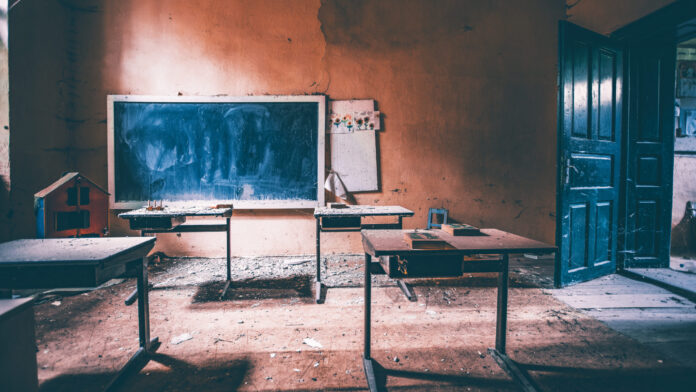Sri Lanka’s education system, long considered a regional model for high enrolment and literacy, now finds itself grappling with complex and layered challenges. While school attendance figures remain impressive on the surface, a deeper analysis reveals troubling inequities in learning outcomes and access to higher education. These issues have far-reaching implications for national development and social mobility.
At the heart of the issue lies a fundamental challenge: unequal access to quality education across socio-economic groups. Although many children are enrolled in school, not all of them experience the same standard of instruction, support, or opportunities for progression. The disparities begin early. Children from lower-income households face a greater risk of being underrepresented in national-level examinations, which remain the primary, though inadequate, measure of educational achievement.
National pass rates, often used as proxies for performance, offer only a partial picture. These statistics exclude those who drop out or choose not to sit for exams due to lack of preparedness or resources. Moreover, in Sri Lanka’s entrenched culture of private tutoring, educational achievement is increasingly shaped by family income and access to supplementary lessons rather than what is provided within the school system. This dynamic makes it difficult to credit school-based learning as the sole driver of success.
The grade 5 scholarship examination is a case in point. Considered a milestone at the end of the primary cycle, the results show that only 83 percent of children scored more than 35 percent in 2022. This modest performance indicates room for improvement at the foundational level. The gaps continue to widen as students advance. At the Ordinary Level (O-Level) exams, just 74.5 percent qualified for Advanced Levels (A-Levels) in 2021. And of those who attempted A-Levels, only 63.5 percent received grades that could qualify them for university admission.
Yet, even qualifying for higher education is no guarantee of a seat in a public university. With limited capacity, approximately 30,000 students per year, only about 20 percent of qualified applicants can actually enroll in the country’s public university system. The rest are left to navigate a fragmented landscape of private education, technical institutes, or more often, no educational engagement at all.

This bottleneck in access to tertiary education is reflected in participation rates. Among youth aged 20 to 24, a strikingly low percentage are involved in university education or technical and vocational training. In 2022, only 7.2 percent were enrolled in technical or vocational programs, while a substantial 65.1 percent were not engaged in any form of education. Although this figure has improved from 76.8 percent in 2018, it remains alarmingly high and signals a systemic failure to support youth beyond school age.
Further complications arise from delays in examination cycles, assessment procedures, and results publication. These administrative lags, exacerbated during the COVID-19 pandemic, have persisted well beyond its peak. As a result, even students who remain in the system encounter slow progress, uncertainty, and missed opportunities, often remaining in school well into their early twenties.
The structural deficiencies highlighted above point to a pressing need for reform. Investment must be made not only in improving school infrastructure and teacher training but also in building a more inclusive and equitable examination and evaluation system. Moreover, there must be greater emphasis on expanding tertiary-level education, both academic and vocational, to meet the evolving aspirations of the youth and the demands of the economy.
Crucially, Sri Lanka must shift towards a culture of lifelong learning. With changing global skill requirements and the rapid pace of technological advancement, traditional education alone cannot suffice. Policies that encourage continuous learning, upskilling, and re-skilling throughout life must be prioritised.
The time has come for a collective rethink. Equity in education should not be an aspirational goal but a national imperative. Without it, the country risks leaving a generation behind, weakening its social fabric and economic competitiveness in the process.




